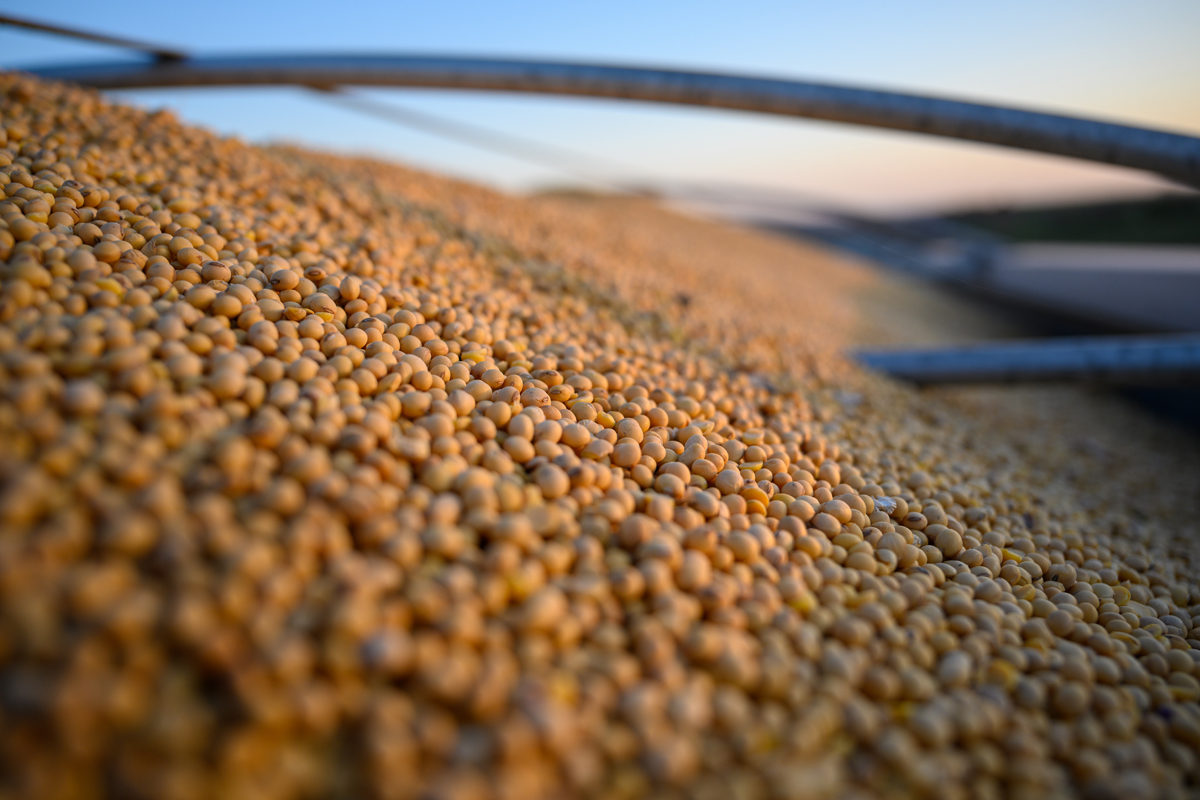December 20, 2022 – Release here

While greater biofuel demand contributes to rising price of soy oil-based foods, increased availability of soy meal drives down cost of animal proteins, offsetting Consumer Price Index.
ST. LOUIS (Dec. 20, 2022) — Whether buying Christmas presents, purchasing a new car or shopping for food, everyone’s feeling the pinch of inflation. Grocery prices have increased 21% (from January 2020 to August 2022), and retail fat and oil prices have increased 30% — soybean oil being a key ingredient for frying, baking, margarine, cooking oils and salad dressings. Pair that with soy oil used for biofuel production, which has quadrupled over the past decade, and it’s no wonder soy oil is a hot topic right now. But a new study only adds to evidence that U.S.-grown soybeans are well suited for people looking to cook, fuel up or find other sustainable solutions.
The United Soybean Board partnered with Purdue University on a Food and Fuel study to evaluate whether the increased use of soybean oil in biofuels has contributed to the rising retail prices of food products for consumers.
One key element missing from this equation is that only one-fifth of the soybean is oil: the vast majority of the soybean is meal used as a high-quality protein in animal diets. This expanded crush for oil to meet biofuel demand creates increased availability for meal, driving down the price of animal protein products. This partially offsets the growth of oil and bakery prices, leaving the overall “food at home” portion of the Consumer Price Index (CPI) essentially unchanged. This can be attributed to meat prices representing a larger share of the CPI than fats and oils.
“The economic model we created links the farm supply of soybeans to retail demand for various food products. What we found, after assessing the impact of rising soybean oil demand on prices at the grocery store, was little change to the CPI,” said Jayson Lusk, food and agricultural economist at Purdue University. “While the increased demand for biofuels pushed up retail prices for oil between 0.16% and 4.41% across different categories, retail animal product prices for dairy, beef, pork, chicken and eggs declined between -0.01% and -0.16%.”
A 20% increase in the quantity of soybean oil demanded for use in biofuels generates the following price impact breakdown (all else equal):
- Soybean oil increase of 0.16% in retail price for frying and baking, 0.82% in retail margarine price, 4.41% in salad/cooking oil and 0.16% in other oil-containing food items.
- Animal protein decrease of 0.16% in retail egg prices, 0.13% in retail chicken prices, 0.06% in retail pork prices, 0.02% in retail dairy prices and 0.01% in retail beef prices.
- Additionally, farm-level soybean prices increased 0.73%, farm revenue for soybean producers increased 0.92% and overall crude soybean oil prices increased 8.17%.
“Research continues to support our industry philosophy that U.S. Soy has the unique ability to solve two existential challenges: food security and renewable energy. Further, this study shows the increase in biofuels has had limited impact on inflation at the grocery store,” said Mac Marshall, USB vice president of market intelligence. “It’s also important to keep in mind many factors contribute to rising food prices, such as energy and transportation costs, higher wage rates and supply chain disruptions, not to mention drought in the Western U.S. and the Russia-Ukraine war.”
The United States Department of Agriculture’s Economic Research Service estimates that for every $1 consumers spend on food, only about $0.14 is a result of the cost of raw farm commodities, implying $0.86 is a result of other post-farm factors such as transportation, processing, packaging and retail costs.
Click here to access the full study – Food and Fuel: Modeling Food System Wide Impacts of Increase in Demand for Soybean Oil – or visit Jayson Lusk’s blog for a recap of the findings.
About United Soybean Board: United Soybean Board’s 77 volunteer farmer-leaders work on behalf of all U.S. soybean farmers to achieve maximum value for their soy checkoff investments. These volunteers create value by investing in research, education and promotion with the vision to deliver sustainable soy solutions to every life, every day across the three priority areas of Infrastructure & Connectivity, Health & Nutrition, and Innovation & Technology. As stipulated in the federal Soybean Promotion, Research and Consumer Information Act, the USDA Agricultural Marketing Service has oversight responsibilities for USB and the soy checkoff. For more information on the United Soybean Board, visit unitedsoybean.org.
###
Contact:
Paul Murphy-Spooner at United Soybean Board, 515.975.6584.
